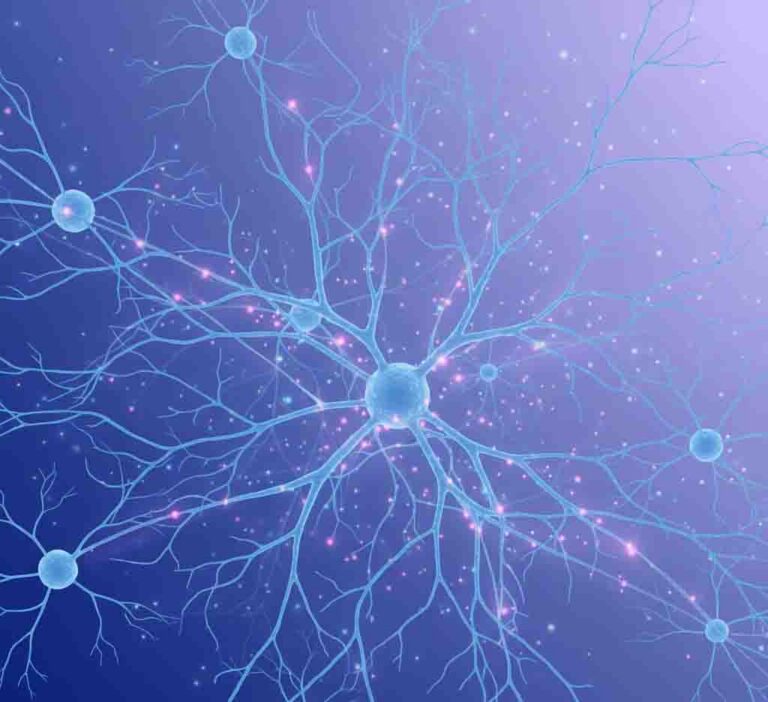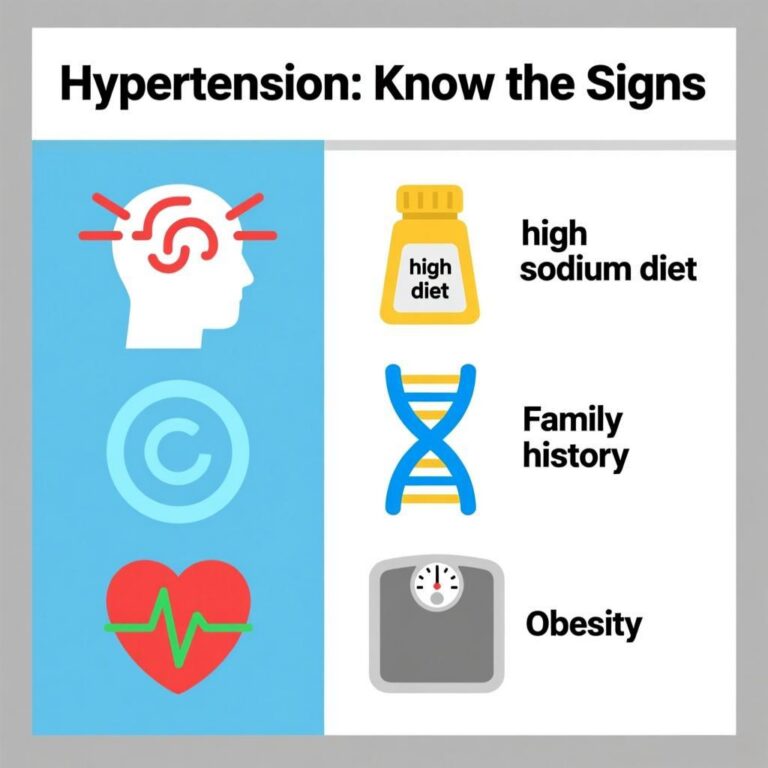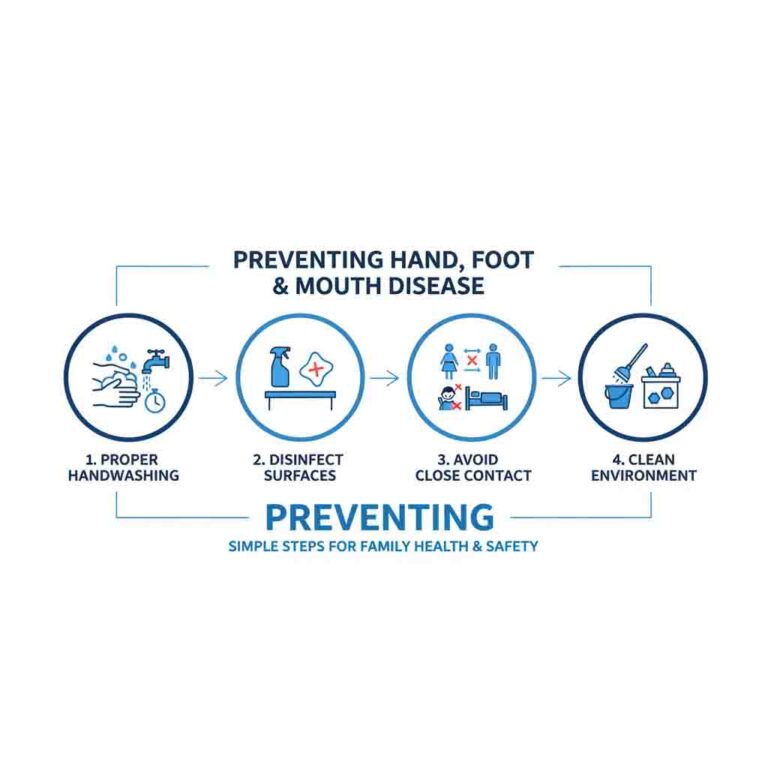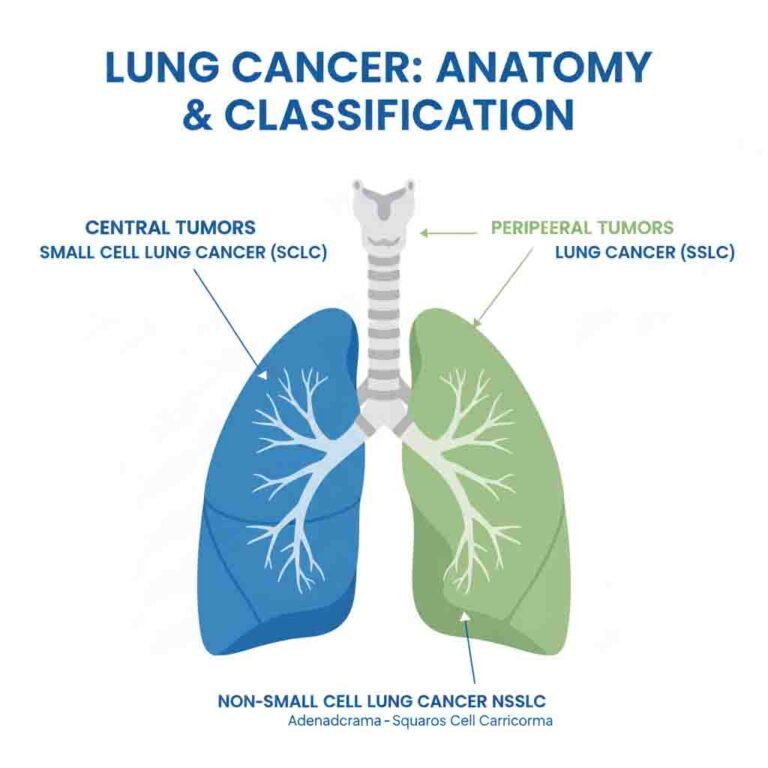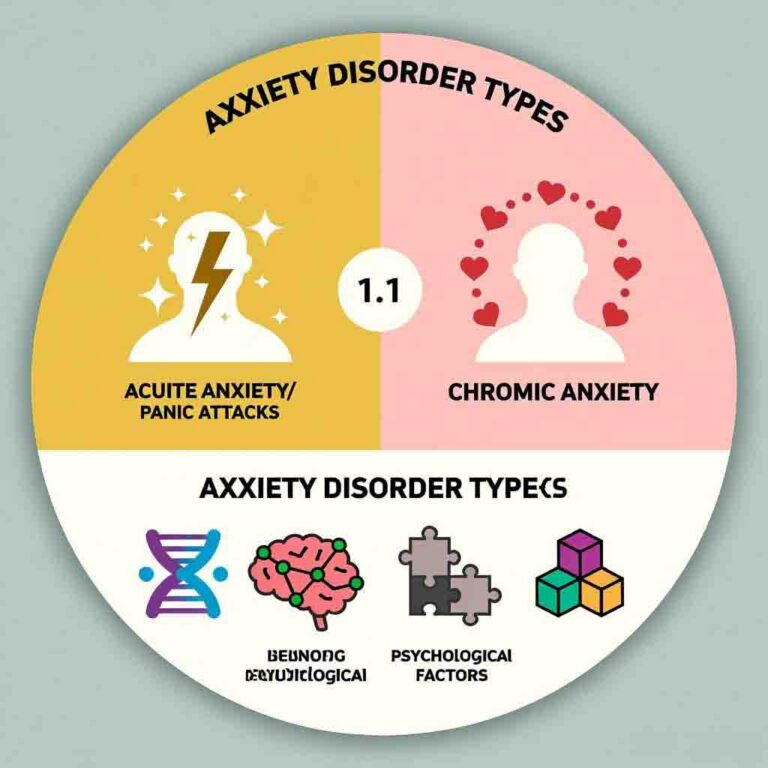Liver Cirrhosis: A Guide to Understanding the Condition
Liver cirrhosis is a late stage of scarring (fibrosis) of the liver caused by many forms of liver diseases and conditions, such as chronic hepatitis and alcohol use disorder. The scarring impairs the liver’s ability to function properly. While the damage caused by cirrhosis is often permanent, early diagnosis and treatment can help stop the progression and manage complications.
What is Cirrhosis?
Cirrhosis is the result of long-term, continuous damage to the liver. As the liver tries to repair itself, scar tissue forms. Over time, this scar tissue replaces healthy liver tissue, blocking blood flow through the liver and preventing it from working as it should.
The disease often progresses through two broad phases:
-
Compensated Cirrhosis: The liver is scarred but can still perform its essential functions. Many people in this stage have no obvious symptoms.
-
Decompensated Cirrhosis: The liver is severely scarred and cannot function properly, leading to serious complications.
Common Signs and Symptoms
In the early (compensated) stage, there may be few symptoms. As the disease progresses, symptoms may include:
-
Fatigue and weakness
-
Loss of appetite and unexplained weight loss
-
Nausea
-
Abdominal discomfort or pain
-
Jaundice (yellowing of the skin and eyes)
-
Easy bruising or bleeding
-
Swelling in the legs, ankles, or feet (edema)
-
Itchy skin
-
Abdominal fluid buildup (ascites)
If you experience any of these symptoms persistently, it is crucial to consult a healthcare professional for an evaluation.
Primary Causes and Risk Factors
Several conditions and diseases can lead to liver cirrhosis, including:
-
Chronic Alcohol Consumption: Heavy, long-term alcohol use is a leading cause.
-
Viral Hepatitis: Chronic infection with hepatitis B or hepatitis C can cause ongoing inflammation that leads to cirrhosis.
-
Non-Alcoholic Fatty Liver Disease (NAFLD): This is linked to obesity, diabetes, and metabolic syndrome, where fat builds up in the liver, causing inflammation and scarring.
-
Autoimmune Conditions: Diseases where the body’s immune system attacks liver cells, such as autoimmune hepatitis or primary biliary cholangitis.
-
Genetic Inherited Diseases: Conditions like hemochromatosis (iron overload) or Wilson’s disease (copper buildup) can cause cirrhosis.
How is Cirrhosis Diagnosed?
Diagnosis often involves a combination of methods:
-
Blood Tests: To check liver function and look for underlying causes.
-
Imaging Tests: Such as ultrasound, CT scan, or MRI to visualize the liver’s texture and size.
-
Transient Elastography (FibroScan®): A special ultrasound that measures liver stiffness to assess scarring.
-
Liver Biopsy: In some cases, a small sample of liver tissue may be taken for a definitive diagnosis.
Managing Liver Health
While existing scarring from cirrhosis is generally permanent, treatment focuses on addressing the underlying cause to prevent further damage and manage complications.
-
Address the Underlying Cause:
-
For alcohol-related cirrhosis, complete abstinence is essential.
-
For viral hepatitis, specific treatments can control or eliminate the virus.
-
For NAFLD, weight loss and managing metabolic conditions are key.
-
-
Lifestyle Modifications:
-
Adopt a liver-friendly diet, often low in sodium and rich in nutrients.
-
Avoid alcohol completely.
-
Discuss all medications, including over-the-counter drugs and supplements, with your doctor to avoid liver stress.
-
-
Regular Monitoring:
-
People with cirrhosis require regular check-ups with their healthcare team to monitor liver function and screen for complications, such as liver cancer.
-
Important Disclaimer
The information provided here is for educational and informational purposes only and is not intended as medical advice. It is not a substitute for professional medical advice, diagnosis, or treatment. Always seek the advice of your physician or another qualified health provider with any questions you may have regarding a medical condition. Never disregard professional medical advice or delay in seeking it because of something you have read on this website.



